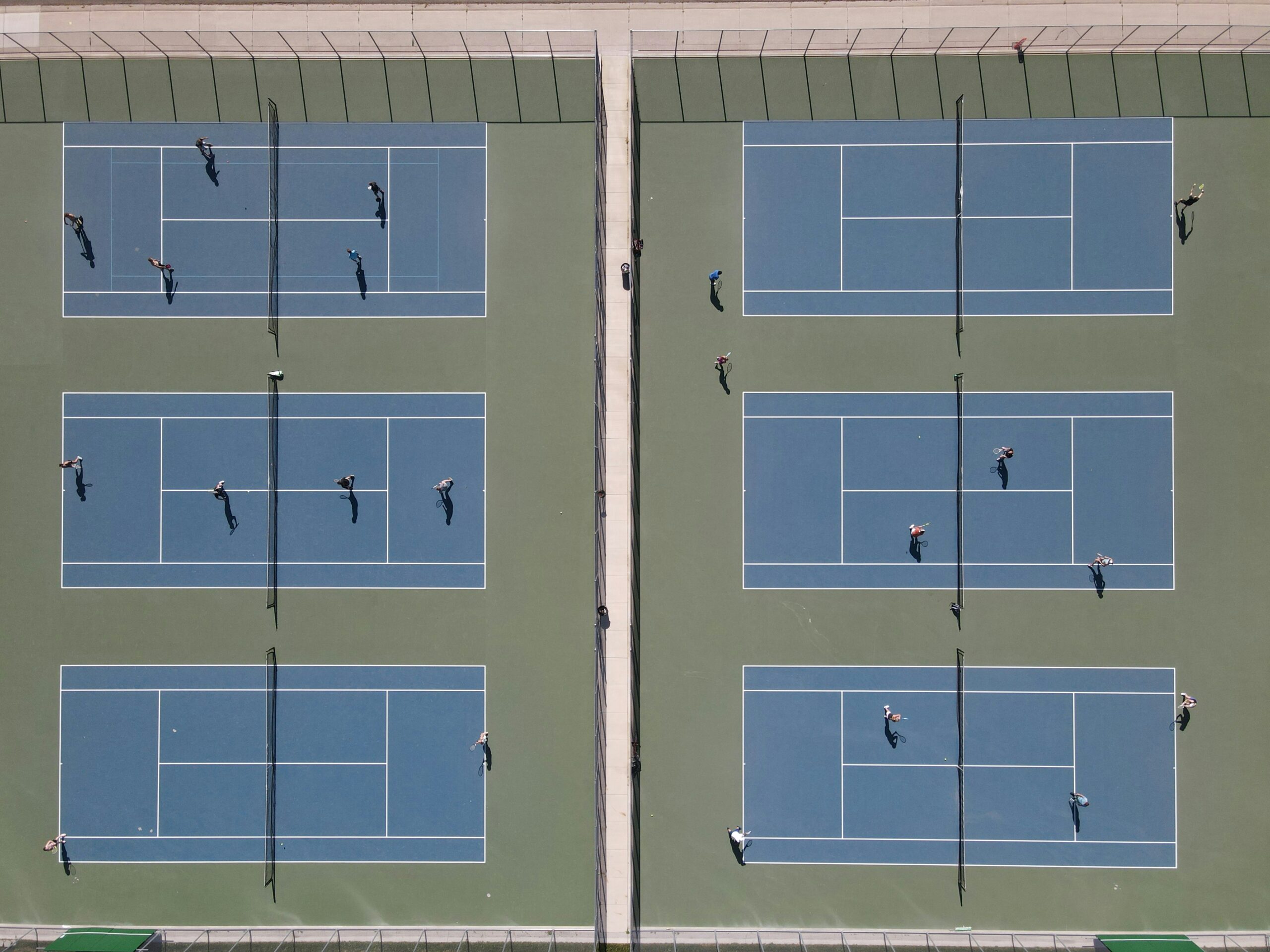Advances in Sports Medicine Practices
Introduction
Sports medicine is a dynamic field that merges medical science with physical fitness and athletic performance. Over the years, significant advances have transformed the way athletes are treated, enhancing both injury recovery and performance optimization.
Key Developments in Sports Medicine
1. Biomechanical Analysis
Advancements in biomechanical analysis have revolutionized injury prevention and rehabilitation. High-speed cameras, motion sensors, and force plates now provide detailed insights into athletes’ movements, helping identify potential injury risks and refine training techniques.
“Biomechanics allows us to pinpoint the exact mechanics that may lead to injuries such as ACL tears or repetitive strain injuries,” says Dr. Emily Jones, a sports medicine specialist.
2. Regenerative Therapies
Regenerative medicine, including stem cell therapy and platelet-rich plasma (PRP) treatments, has gained prominence in sports medicine. These therapies promote faster healing of musculoskeletal injuries such as tendonitis and muscle strains, allowing athletes to return to training sooner.
3. Personalized Training Programs
Advances in data analytics and wearable technology have enabled sports scientists to create personalized training programs. Athletes can now receive real-time feedback on their performance metrics such as heart rate variability, oxygen saturation levels, and muscle activation patterns, optimizing training regimens for improved results.
4. Nutritional Science
Nutritional science plays a crucial role in sports medicine, influencing performance, injury prevention, and recovery. Tailored nutrition plans are designed to meet the specific needs of athletes, enhancing energy levels, muscle repair, and overall health.
Case Studies and Examples
Case Study: ACL Injury Prevention
Dr. Sarah Lee’s research on ACL injuries among soccer players led to the development of targeted neuromuscular training programs. By focusing on improving strength, balance, and agility, Dr. Lee’s program reduced ACL injury rates by 60% in a professional soccer team over two seasons.
Example: Usain Bolt and Biomechanics
Usain Bolt’s sprinting technique was analyzed using advanced biomechanical tools, leading to adjustments in his stride length and frequency. This optimization contributed to his world record-breaking performances in the 100m and 200m sprints.
The Future of Sports Medicine
Looking ahead, sports medicine continues to evolve with the integration of artificial intelligence (AI) for injury prediction, virtual reality (VR) for rehabilitation, and further advancements in regenerative therapies. These innovations promise to redefine the boundaries of athletic performance and recovery, ensuring athletes can achieve their full potential while minimizing the risk of injury.
Conclusion
Advances in sports medicine have transformed the way athletes prepare, perform, and recover. From personalized training programs to cutting-edge regenerative therapies, these innovations underscore the commitment to enhancing athletic longevity and performance. As technology continues to advance, the future of sports medicine holds promise for further breakthroughs that will benefit athletes of all levels.






